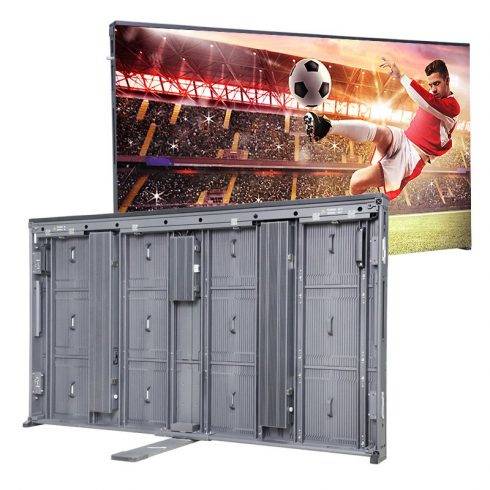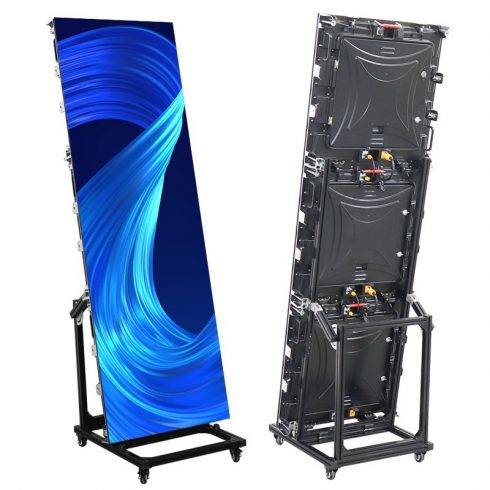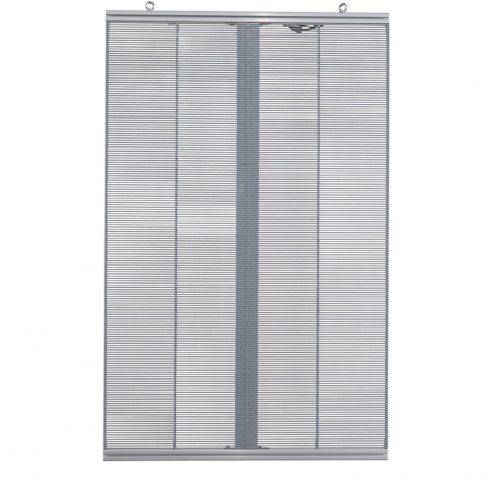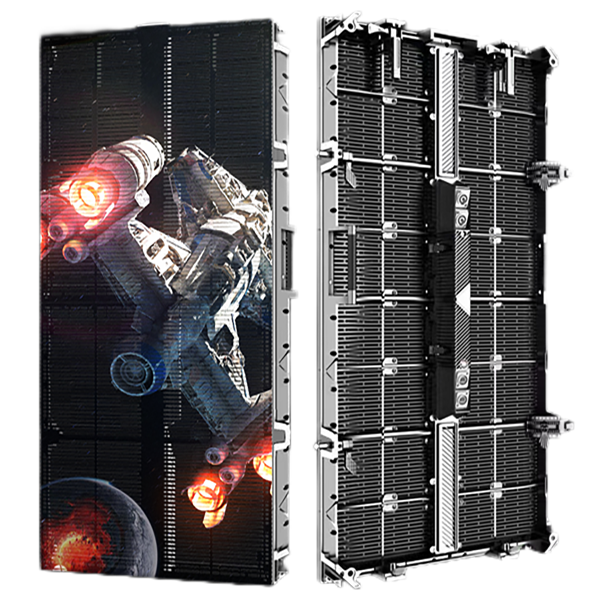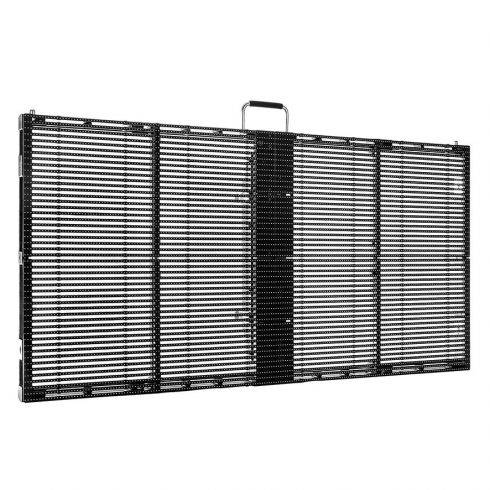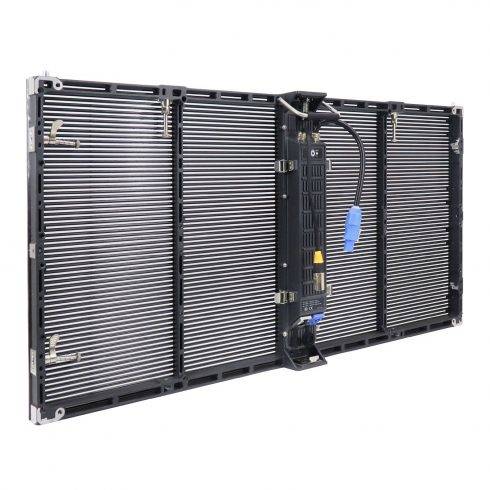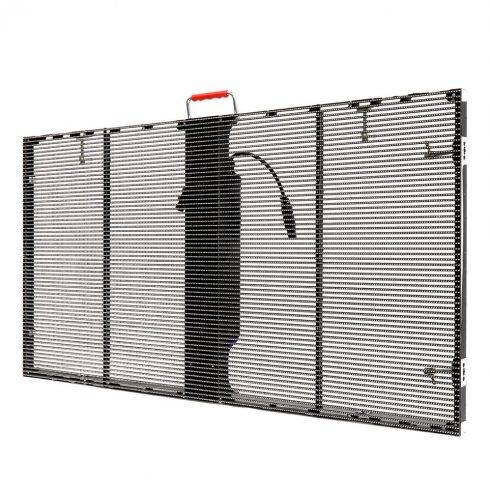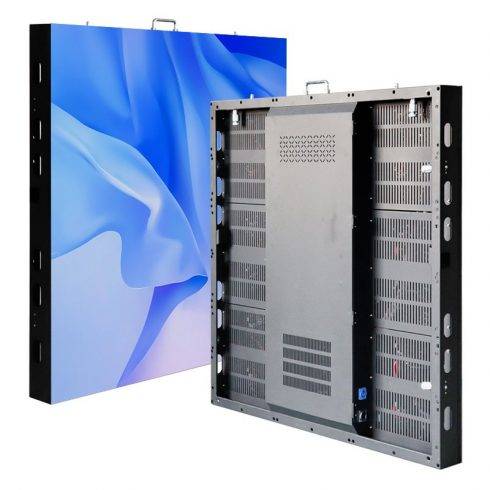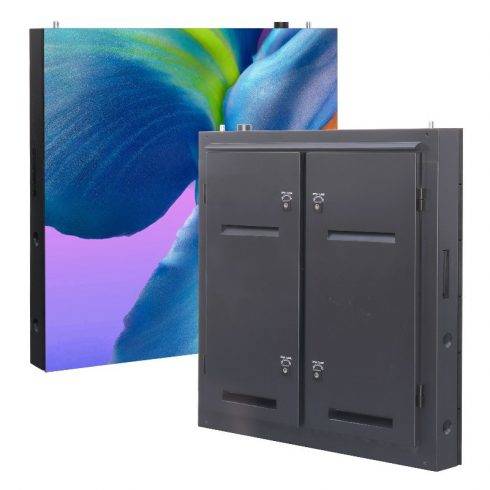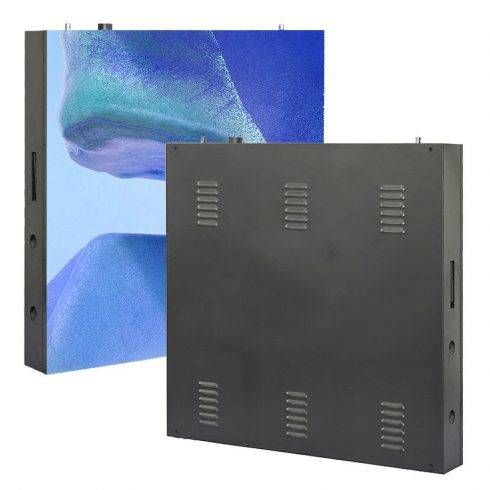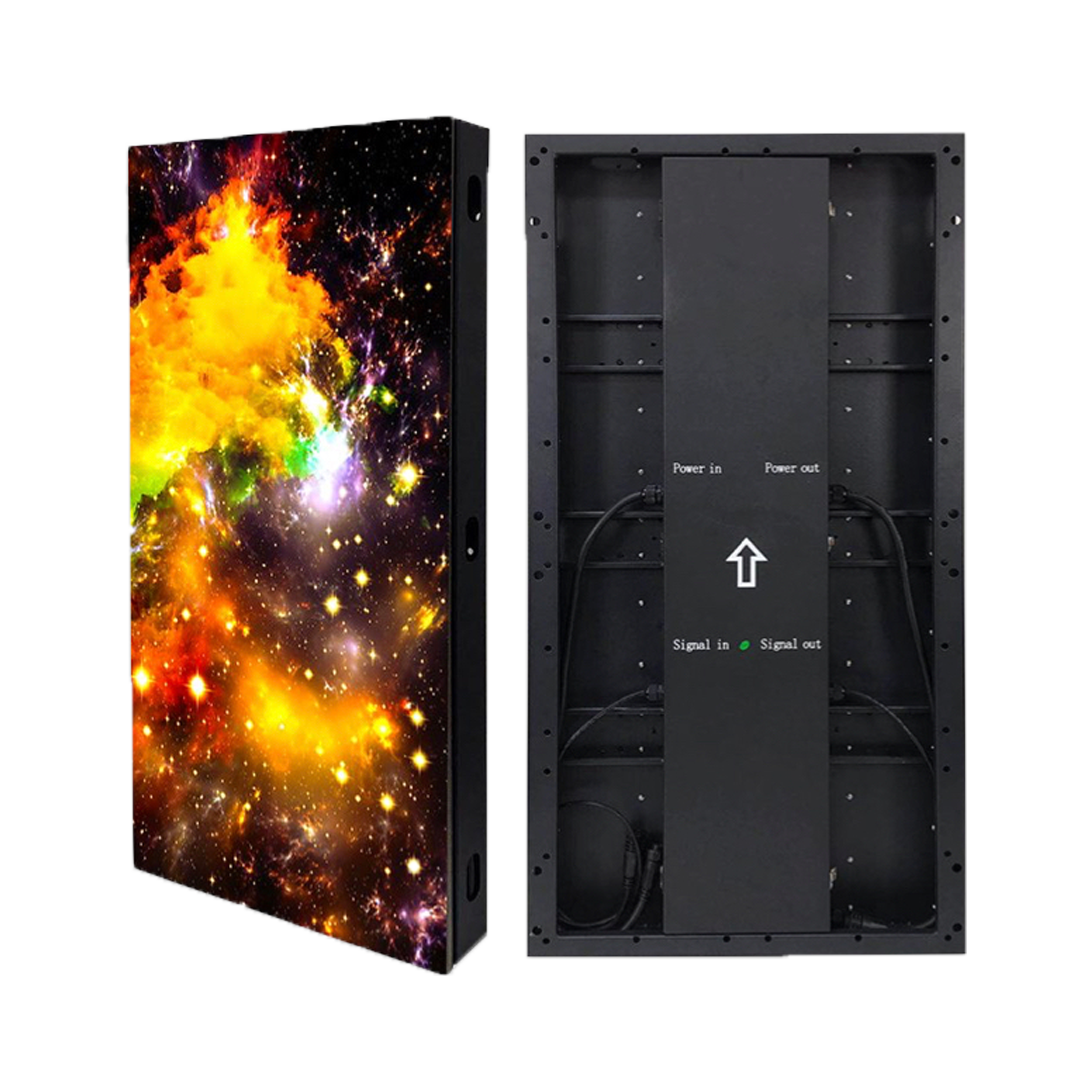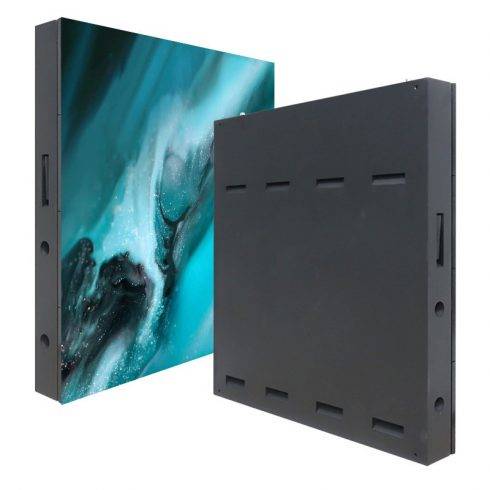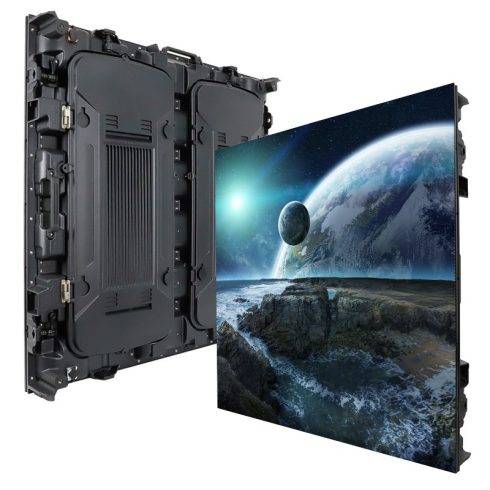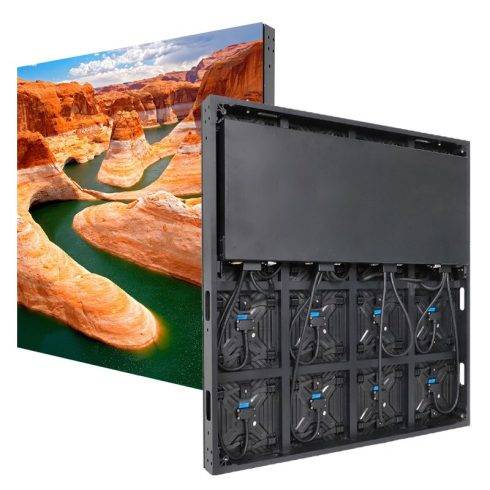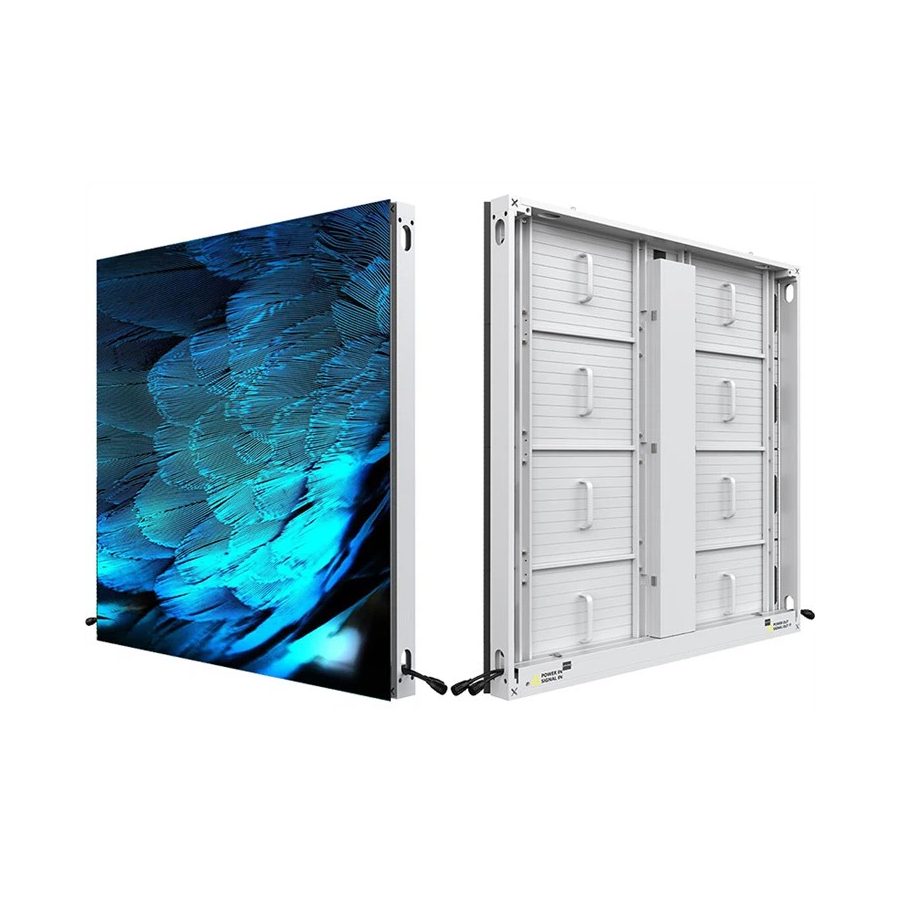Introduction
In the ever-evolving world of display technology, LED (Light Emitting Diode) displays have taken center stage due to their superior brightness, efficiency, and versatility. Among the various LED technologies, Surface-Mount Device (SMD) and Chip on Board (COB) have emerged as prominent players, each offering distinct advantages and characteristics. This essay delves into the intricacies of SMD and COB technologies, highlighting their differences, applications, and the impact they have on various industries.
Understanding LED Display Technologies
Surface-Mount Device (SMD) Technology
Surface-Mount Device (SMD) technology involves mounting LED chips directly onto the surface of a printed circuit board (PCB). These LED chips are encapsulated in a resin or epoxy package, which protects them and provides mechanical stability. SMD technology has been a game-changer in the LED industry due to its numerous advantages.
- Size and Flexibility: SMD LEDs are small and compact, allowing for high-density arrangements. This enables the creation of displays with high resolution and pixel density, resulting in sharper and more detailed images. The small size of SMD LEDs also allows for flexible display designs, including curved and irregular shapes.
- Brightness and Color Uniformity: SMD LEDs are known for their high brightness and excellent color uniformity. They produce vibrant colors and maintain consistency across the entire display, making them ideal for applications where visual quality is paramount, such as advertising, digital signage, and broadcast studios.
- Energy Efficiency: SMD LEDs are energy-efficient, consuming less power while delivering high brightness. This efficiency translates into lower operational costs and longer lifespan, making SMD technology a cost-effective choice for various applications.
- Thermal Management: SMD LEDs are designed with efficient thermal management systems, which dissipate heat effectively and prevent overheating. This ensures the longevity and reliability of the LED display, even in demanding environments.
Chip on Board (COB) Technology
Chip on Board (COB) technology, on the other hand, involves mounting multiple LED chips directly onto a substrate, which is then encapsulated with a phosphor layer. This method allows for a higher packing density of LED chips, resulting in a single, larger light-emitting surface.
- High Lumen Density: COB technology enables the integration of multiple LED chips into a single module, resulting in a higher lumen output per unit area. This makes COB LEDs incredibly bright and suitable for applications requiring intense illumination, such as stage lighting, high-bay lighting, and floodlights.
- Improved Heat Dissipation: COB LEDs have a larger surface area for heat dissipation, which enhances thermal management and reduces the risk of overheating. This makes COB technology more reliable and durable, especially in high-power applications.
- Compact Design: The compact design of COB LEDs allows for the creation of smaller and more efficient lighting fixtures. This is particularly advantageous in applications where space is limited, such as automotive lighting and portable devices.
- Cost Efficiency: COB technology simplifies the manufacturing process by integrating multiple LED chips into a single module, reducing the number of components and assembly time. This results in cost savings, making COB LEDs an economical choice for large-scale lighting solutions.
Comparing SMD and COB Technologies
1. Light Output and Efficiency
SMD and COB technologies offer distinct advantages in terms of light output and efficiency. SMD LEDs are known for their high brightness and color uniformity, making them ideal for displays and signage where visual quality is crucial. They offer excellent efficiency and can achieve high resolutions due to their small size and ability to be densely packed.
COB LEDs, on the other hand, excel in applications requiring high lumen output. The integration of multiple LED chips into a single module allows COB LEDs to produce intense illumination, making them suitable for high-power lighting solutions. However, COB LEDs may not achieve the same level of color uniformity as SMD LEDs due to the larger light-emitting surface.
2. Thermal Management
Effective thermal management is essential for the longevity and performance of LED displays. SMD LEDs are designed with efficient thermal management systems that dissipate heat effectively, ensuring stable operation even in demanding environments. The small size of SMD LEDs also allows for better heat dissipation, reducing the risk of overheating.
COB LEDs have a larger surface area for heat dissipation, which enhances their thermal management capabilities. The larger size of COB modules allows for improved airflow and heat dissipation, making them more reliable in high-power applications. However, the higher packing density of LED chips in COB modules can also generate more heat, requiring effective cooling solutions.
3. Design Flexibility
SMD technology offers greater design flexibility due to the small size and compact nature of SMD LEDs. They can be arranged in various configurations, including curved and irregular shapes, allowing for innovative and creative display designs. This flexibility makes SMD LEDs suitable for a wide range of applications, from advertising and digital signage to architectural lighting and consumer electronics.
COB technology, while compact, may not offer the same level of design flexibility as SMD technology. The larger size of COB modules and the integration of multiple LED chips into a single module limit their ability to be arranged in flexible or irregular shapes. However, COB LEDs are well-suited for applications where intense illumination and compact design are prioritized, such as automotive lighting and portable devices.
4. Cost and Manufacturing
Cost efficiency and manufacturing processes are important considerations when comparing SMD and COB technologies. SMD LEDs are produced using a well-established manufacturing process, which has driven down costs and made them widely accessible. The high demand for SMD LEDs has also resulted in economies of scale, further reducing costs.
COB technology simplifies the manufacturing process by integrating multiple LED chips into a single module, reducing the number of components and assembly time. This results in cost savings, making COB LEDs an economical choice for large-scale lighting solutions. However, the initial setup costs for COB manufacturing may be higher compared to SMD technology due to the need for specialized equipment and processes.
Applications of SMD and COB Technologies
SMD Applications
- Digital Signage and Advertising: SMD LEDs are widely used in digital signage and advertising displays due to their high resolution, brightness, and color uniformity. They create eye-catching and dynamic visuals that attract attention and convey information effectively.
- Architectural Lighting: SMD LEDs are used in architectural lighting to enhance the aesthetic appeal of buildings and structures. Their design flexibility allows for creative lighting solutions, including facade lighting, interior accent lighting, and decorative installations.
- Broadcast and Studio Displays: SMD LED displays are essential in broadcast and studio environments where visual quality is paramount. They provide high-resolution, bright, and color-accurate visuals, ensuring a professional and engaging viewing experience.
- Consumer Electronics: SMD LEDs are commonly used in consumer electronics such as televisions, monitors, and smartphones. Their compact size and high resolution make them ideal for creating vibrant and detailed displays in small devices.
COB Applications
- Stage Lighting and Entertainment: COB LEDs are used in stage lighting and entertainment applications due to their high lumen output and intense illumination. They provide powerful and uniform lighting for concerts, theaters, and live performances.
- High-Bay and Industrial Lighting: COB LEDs are well-suited for high-bay and industrial lighting applications where intense and uniform illumination is required. Their high efficiency and reliability make them ideal for warehouses, factories, and large indoor spaces.
- Automotive Lighting: COB LEDs are used in automotive lighting, including headlights, taillights, and interior lighting. Their compact design and high brightness make them suitable for enhancing visibility and safety in vehicles.
- Portable Devices and Flashlights: COB LEDs are used in portable devices and flashlights due to their compact size and high lumen output. They provide bright and efficient lighting for outdoor activities, emergency situations, and everyday use.
Conclusion
Both SMD and COB technologies offer unique advantages and cater to different applications in the LED display and lighting industry. SMD LEDs excel in applications requiring high resolution, brightness, and design flexibility, making them ideal for displays, signage, and consumer electronics. COB LEDs, on the other hand, provide intense illumination, improved heat dissipation, and cost efficiency, making them suitable for high-power lighting solutions, automotive lighting, and portable devices.
Understanding the differences between SMD and COB technologies is crucial for selecting the right LED solution for specific applications. As technology continues to evolve, both SMD and COB LEDs will play pivotal roles in shaping the future of display and lighting, driving innovation, and enhancing our visual experiences across various domains.







